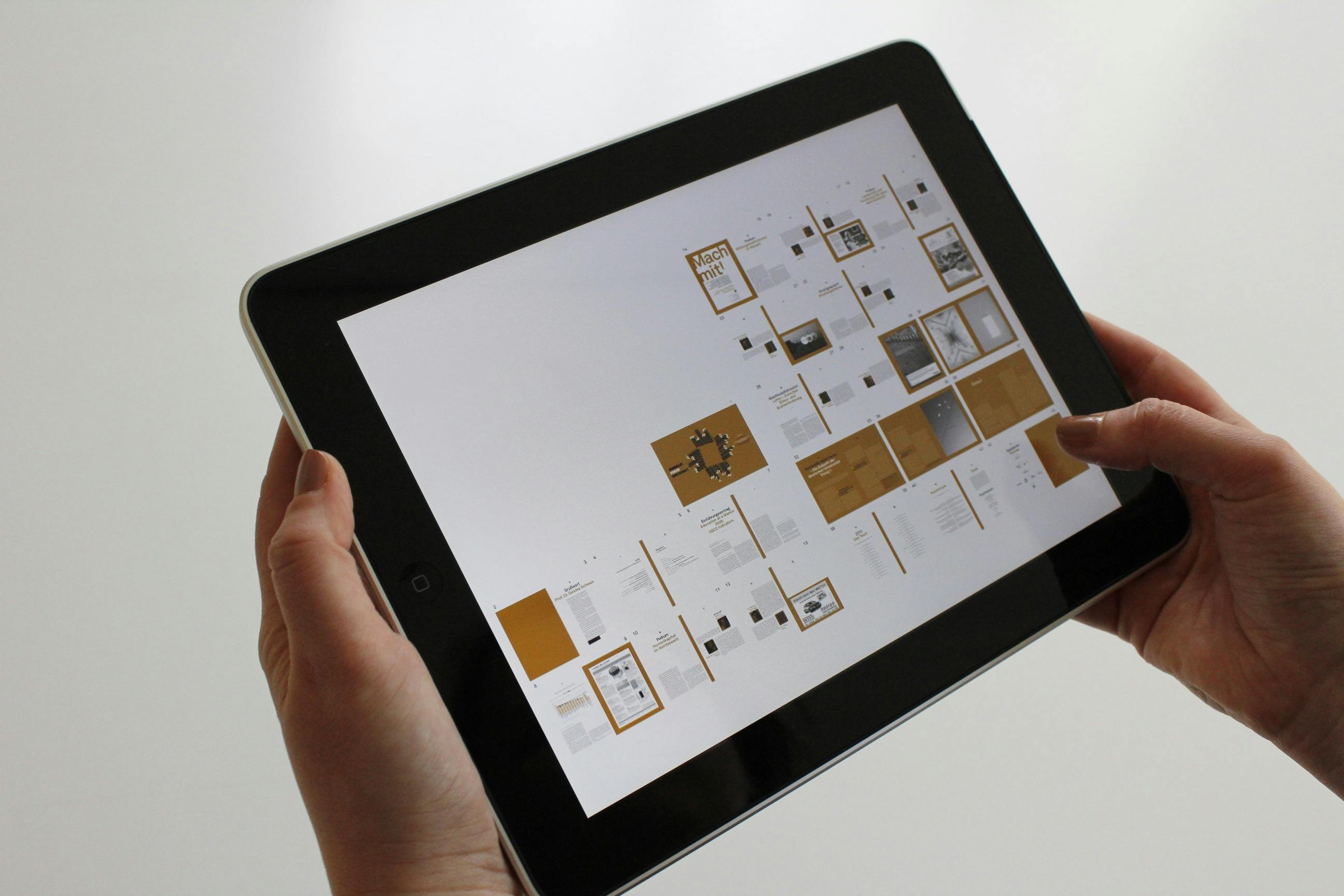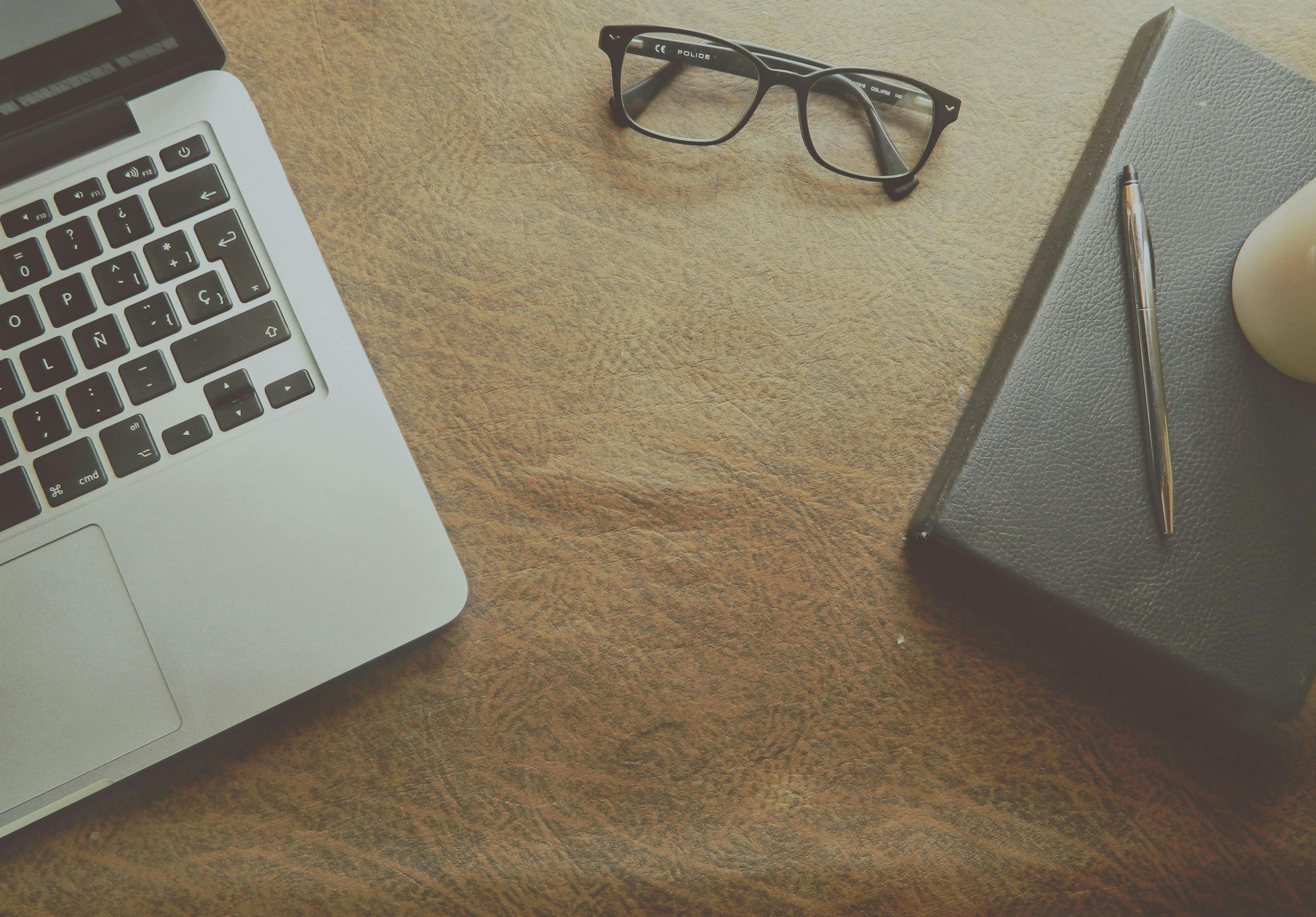“Where the Wild Things Are” is one of the most popular picture books of all time, exemplifying Sendak’s incredible understanding of textual narrative through illustration. The cover of this book is interesting because it doesn’t show the protagonist at all, but the wild creatures sleeping with a ship in the background.
Inside the covers of picture books are insider information so that in a good story they will tell readers what the most important part of the book is. Although readers don’t begin to understand Sendak’s cover when first reading the book, the choice of this cover alludes to the moment when the story’s main character, Max, leaves the sleeping wild animals to return home. It is this choice, to leave his wild fantasy and return home where his mother loves him, that is the point at which Sendak’s story has developed.
Readers’ first introduction to the main character Max is of him stalking some monsters throughout the title page, his eyes mischievous and mean-hearted, while the monsters, despite their enormous size, seem frightened when they try to kill him. walk away.
This is the first double page and the only one for a long time, in this book Sendak uses the double page to indicate that Max is wilder. It can also be said that the double page shows the world of dreams in which Max rules.
Having the double page spread on the title page before the story begins makes us wonder how often Max enters his wild dream world. Although the first image is of Max in his dream world, the book itself begins with him outside his dream world, causing him mischief in the real world.
However, as the story progresses, the images (on the right page) will grow and grow, as he gets closer to the world of his dreams, where the wild things are found.
Further allusions to Max’s constant forays into the world of dreams are found in the second image, where he is seen chasing a hapless dog with a fork. In the background is a crude child’s drawing of one of the wild things, letting us know that these creatures are in his imagination before the event described in the book.
For chasing the dog, among other things, Max is, of course, sent to his room. Although her mother is never visually depicted, the text indicates that Max is threatening to eat her when she sends him to her room. It is this childlike behavior that makes Sendak’s book so believable. Max is in fact a little boy, with random threats and chaotic dreams.
Once sent to his room we see Max truly isolated for the first time. Because the image is now much larger, although it doesn’t yet fill the page, it has grown enough at this point to show the walls of the room in which Max is now imprisoned.
But in this picture book there is no prison other than selfish thoughts, so Max can escape from his room by imagining a forest growing in it, until he is able to walk into the dark of the forest at night. He then sails into the ocean with the forest disappearing at the right edge of the left page while the entire right page is dominated by Max’s imaginary world.
And so Max sails into the land where the wild things are, and in doing so, the illustration eventually becomes a full spread.
Arriving at where the wild things are, Max is greeted by the wild things trying to scare Max, but he tames the wild things, scaring them into submission and then becomes their king. As he does this, we see the white space for text at the bottom of the pages shrink until it finally disappears completely along with the text.
So for three doubles, Max and the Wild Things howl and groan at the moon, play in the trees, and finally Max rides on the Wild Things’ shoulders as their king. Then, however, when the wild things go to sleep, the text reappears along with the white space at the bottom. The images from this moment begin to shrink again.
It is through these images that shrink as text and visual narrative that Sendak lets us see that Max is getting bored of his dream, and that the smell of food is calling him out of his dream. So he sails away from the wild things, back to his own room, which is locked again, but on the table in the corner we see Max’s dinner waiting for him. Letting us know that outside the wild worlds of our mind there are those who love us.



